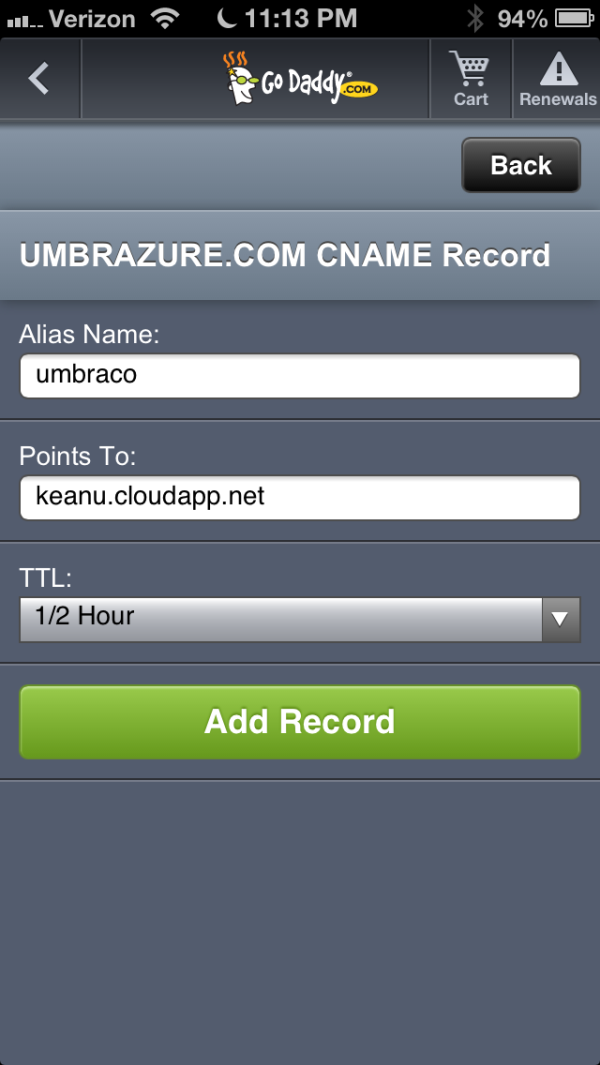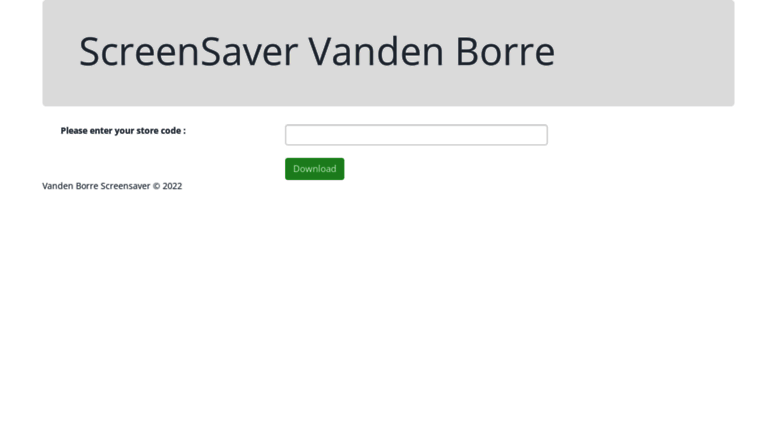
First Wave of AttacksĪs the news cycle continues to accelerate, there have been reports of ranging from phishing and SMS phishing attacks to a host of others too many to list in this blog. The UN also recently added an advisory on the 29 th of February as well reminding citizens to be vigilant of such scams. The issue has now become so problematic that the World Health Organization (WHO) recently issued a statement on their website titled, Beware of criminals pretending to be WHO. It is also important to note that we are likely only scratching the surface on observable attacks as this is a global outbreak, and most of our observations have been in English or languages utilizing ASCII (ISO-8859) characters. Threat findings via OSINT channels have yielded multiple themes, such as those appearing to be reports from trusted sources, such as governmental agencies, news outlets, etc. We’ve seen benign emails containing documents with guidance from HR departments, to emails from distribution companies selling masks, gloves, and other protective equipment that at first appeared to contain suspicious links, but in fact have been benign as well.Īnd we and other threat researchers have documented malicious attacks leveraging the Coronavirus outbreak theme. Over the past several weeks, FortiGuard Labs has been observing a significant increase in both legitimate and malicious activity surrounding the Coronavirus. And social engineering attacks are especially attractive because, regardless of whatever technological security measures in place, the human psyche is the weakest link in any security systems as it is the easiest to exploit. This is especially true as drive-by downloads become less common due to security vendors improving response times and security posture by the timely patching of vulnerabilities. These attack vectors are the fastest to spin up, and have the highest rate of return. As individuals worldwide fixate on this global health emergency, combining legitimate sources and news feeds with rampant rumors and amateur reports on social media, bad actors know that events like this are the perfect opportunity for exploitation.Īnd the easiest and fastest way to exploit a target, whether an individual or an organization, is through social engineering attacks. Government leaders, scientists, and health professionals worldwide suggest that this is not merely an epidemic, but a potential pandemic crisis. type ).For the first quarter of 2020, coverage on the Coronavirus/COVID-19 outbreak has dominated the 24-hour global news cycle.

Result: workedĢ) Connect through HTTPS (ie. I searched in google for some cloudapp examples and what I tested was the following:ġ) Connect through HTTP (ie.

#Cloudapp net free
These two also offer a free subdomain:, but my question is: will I get HTTPS there too? and how? I'm in need of upgrading to Azure Cloud Services or Azure Virtual Machines, because these have capabilities that Azure Websites don't.

, and there, if they want to use my application, I redirect them to the subdomain at, using HTTPS. So, what I usually do is that people come by through some registered domain I have, eg.

I don't have to worry about certificates because I use the subdomain that Azure gives me (in the example it would be xyz) One great advantage of using Azure Websites is that I can get secure HTTP (HTTPS) without doing nothing: I simply type and it works.


 0 kommentar(er)
0 kommentar(er)
